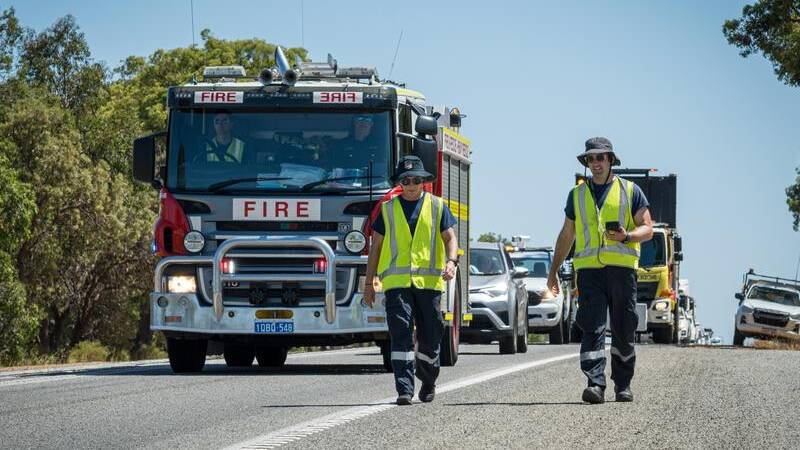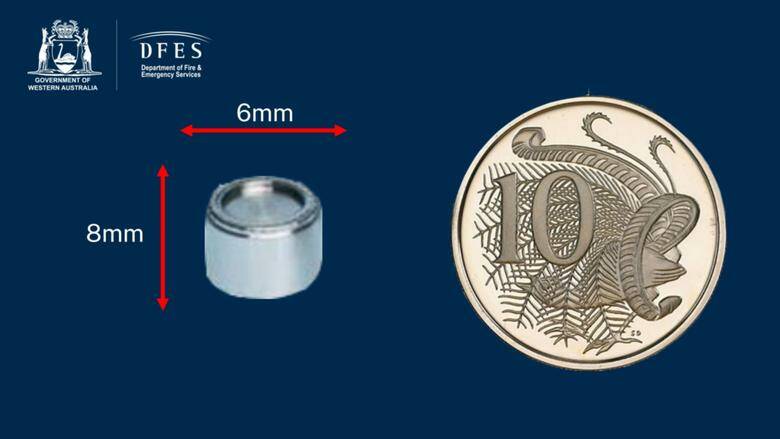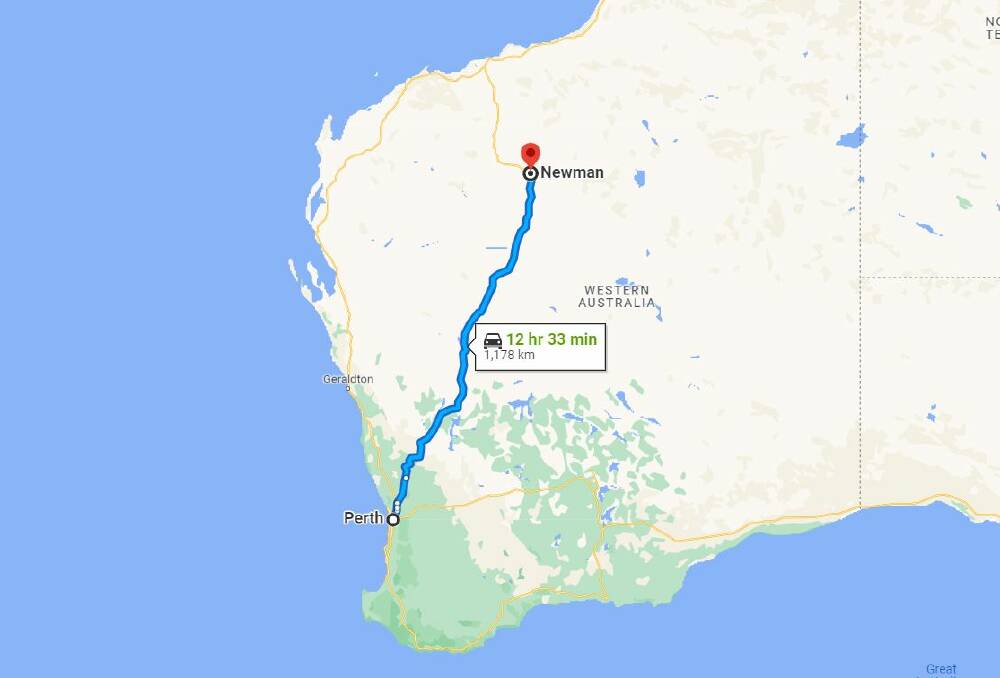
Twenty-one days after a potentially deadly, radioactive capsule was lost in Western Australia, scientists warn it could remain radioactive for 300 years.
Subscribe now for unlimited access.
$0/
(min cost $0)
or signup to continue reading
The tiny capsule was last seen on January 10 at a mine site in Newman, in the Pilbara in the state's central north.
The substance is used within gauges in mining operations, and Rio Tinto didn't realise it had gone missing until the transport truck carrying it arrived into Perth on January 16.
It is believed the container the silver capsule was in collapsed due to road vibrations, and the unit fell through a bolt hole.

The capsule is 8mm by 6mm and is smaller than a 10 cent coin.
Authorities have since been scouring the road using radiation detectors to find the unit, with concerns the entire 1400 kilometre route may need to be surveyed.
The radiation capsule contains Cs-137, RMIT University senior lecturer in medical radiation Dr Pradip Deb said.
IN OTHER NEWS
"Cs-137 has a half-life of about 30 years, meaning the capsule will be somewhat radioactive for the next 300 years," he said.
As long as the container surrounding the radioactive material is not breached it "will not be a major hazard", medical imaging science Professor Dale Bailey said.
"Such an incident could happen, though, if, for example, a truck were to run over the capsule, which is quite small," he said.
What's the risk to people?

Caesium 137 emits dangerous amounts of radiation, which is the equivalent of receiving 10 X-rays in an hour.
There are two main hazards to humans from this material, Professor Bailey said. The first is contamination of the skin, or worse, ingestion after making physical contact with the source if the container is ruptured.
The other risk is exposure to gamma rays the source is emitting (the beta particle won't penetrate the containment vessel).
"By far the most serious concern is contamination," Professor Bailey said.
"The beta particles, in particular, will cause serious damage to any surface that they coat. There would be initial reddening of the skin or tissue and, in severe cases, ulceration and potentially death of the tissues [called] necrosis.
"If swallowed it would potentially cause bleeding in the gut and ulceration which can lead to significant complications."
University of South Australia biophysics Associate Professor Ivan Kempson told ACM the "worst-case scenario" is someone finds it and keeps it. He provided ACM with a report from the International Atomic Energy Agency of an incident in Peru in February 1999.
The report details how a welder in Peru picked up an 192Ir industrial radiography source and put it in his pocket for several hours.
"This action resulted in his receiving a high radiation dose that necessitated the amputation of one leg," the IAEA said. "His wife and children were also exposed, but to a much less extent."
Professor Kempson said this radiation source was much stronger than the missing capsule.
Needle in a haystack
Professor Bailey, who works at The University of Sydney and Royal North Shore Hospital, Sydney, said finding the capsule will be very difficult
"Radiation detectors on moving vehicles can be used to detect radiation above the natural levels, but the relatively low amount of radiation in the source means that they would have to sweep the area relatively slowly. Certainly not at 100 km/h," he said.


